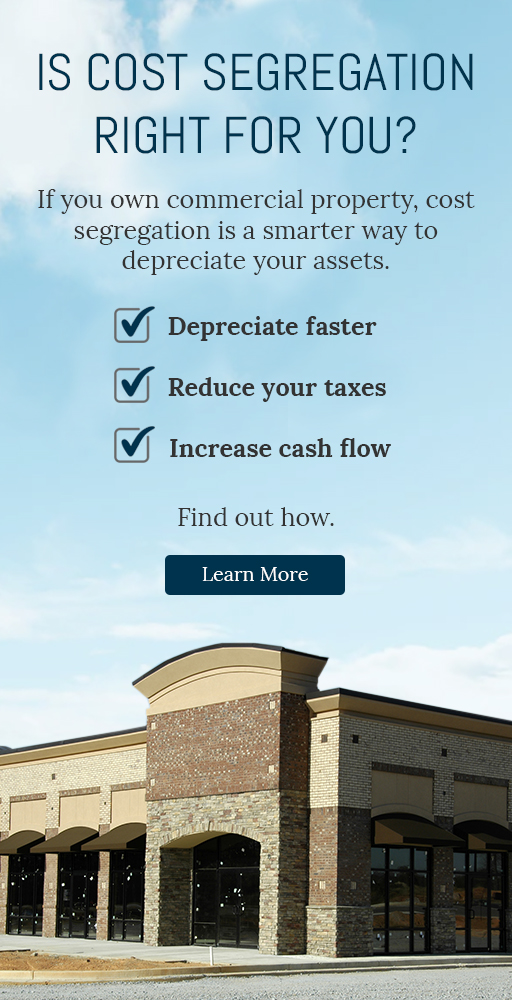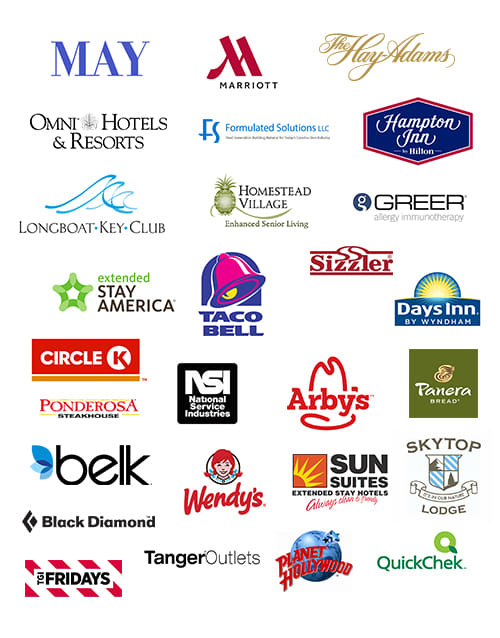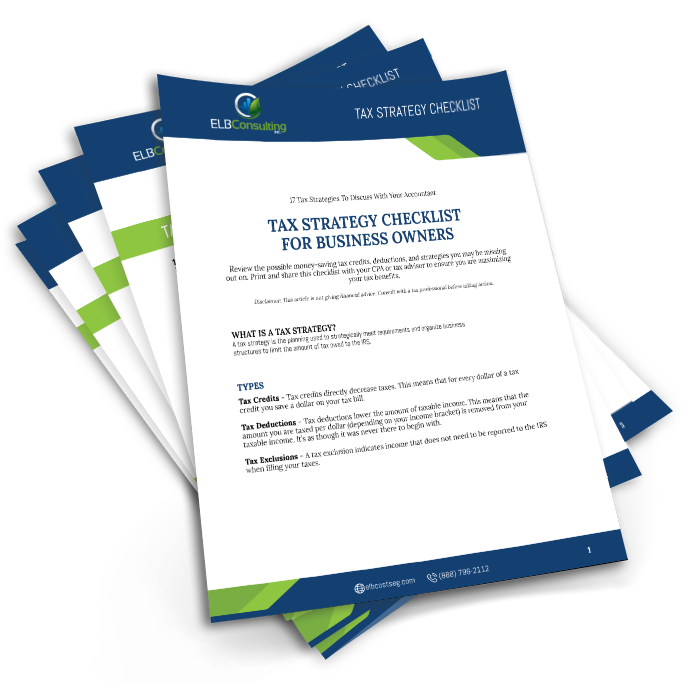A brief “Who, What, Why, When and How” perspective
WHO is it for?
The owners of most any Commercial Real Estate (CRE), and self funded Tenant Improvements for Leasehold Property will likely qualify for significant I.R.S. tax deductions.
WHAT is a Cost Segregation Study?
Under United States tax laws and accounting rules, cost segregation is the process of identifying personal property assets that are grouped with real property assets, and separating out personal assets for tax reporting purposes. Cost segregation is “the process of identifying property components that are considered “personal property” or “land improvements” under the federal tax code.”
A ‘Cost Segregation Study’ (CSS) identifies and reclassifies personal property assets to shorten the depreciation time for taxation purposes, which reduces current income tax obligations. Personal property assets include a building’s non-structural elements, exterior land improvements and indirect construction costs. The primary goal of a cost segregation study is to identify all construction-related costs that can be depreciated over a shorter tax life (typically 5, 7 and 15 years) than the building (39 or 27.5 years), thus increasing the tax deductions and improving cash flow.
Cost segregation is not a tax shelter. It is an I.R.S. defined and guided tax reduction tool. Ninety-percent of all commercial property investors are overpaying their federal income taxes, The Journal of Accountancy
WHY does methodology matter?
The methodology utilized is critical for two reasons; 1) to ensure that all qualified items are accounted for to maximize the deprecation deductions, and 2) to provide protection in the event of an I.R.S. audit. The I.R.S. has defined six levels of study from a ‘Rule of Thumb’ (or a SWAG) to a ‘Detailed Engineering Approach Using Actual Cost Records’.
Most cost segregation companies promote their ‘engineering based’ studies, which are certainly beneficial and better than not doing a study at all. As a result, they will miss a significant percentage of qualified components and they typically omit the non-qualified components (39 or 27.5 year).
The premier methodology is a “fully engineered and accounted” study, which looks at ALL the qualified components and provides complete documentation. The difference is found by identifying what you don’t see, and being able to identify qualified percentages of certain components. And when all components are counted, both qualified and non-qualified, you are also left with a bullet proof report in the event of an audit, and an asset management tool for use in future repairs or improvements.
Not all cost segregation studies are created equal. To maximize the allowable benefit it takes construction, mechanical, and electrical engineering expertise, coupled with tax expertise and a full understanding of the I.R.S. Cost Segregation Guidelines.
WHEN should it be done?
A Cost Segregation Study should be done when you; 1) Build, 2) Acquire, or 3) Significantly Improve CRE. If you [or your entity] have done any of these activities in the past 5-10 years and have not applied cost segregation yet, then it may be worth evaluating at the financial implications. For these aged assets, no need to re-file past years taxes, the depreciation is caught up and applied to the current year’s tax schedule.
HOW do you qualify?
There are a few qualifying criteria that must be met first:
- You must be a for profit entity and have an I.R.S. tax liability
- You must have owned the property for less than 15 years (actual property may be older)
- Suggested property improvement valuation of $500,000 or more, including renovations, improvements and/or repairs (land value is not included)
- Leasehold improvements or build outs should total $250,000 or more
Nearly all buildings qualify; retail strip centers, restaurants, hotels, office condos, doctors’ offices, multifamily apartments, office buildings, car washes, golf courses, industrial/manufacturing facilities, distribution centers, etc.
Request a Feasibility Analysis to Identify Estimated Benefits
Our firm and nearly every other will provide a no-cost Feasibility Analysis which estimates the tax benefits and provides a pricing proposal. A review of this with your CPA can help determine the financial benefits.
When interviewing a potential provider, be sure to ask about their methodology and engineered level of their services. Do they count both the qualified (5, 7 and 15 year) and non-qualified (39 or 27.5 year) components? Do they use their own staff to visit each site or do they outsource? Do engineers actually perform the inspection? What is there experience with your type of structure? Get several quotes and ask to see an actual study.
The tax savings and cash flow benefits are definitely worth investigating and reflecting on to see if cost segregation aligns with your Commercial Real Estate asset investment strategy.
You may be missing out on tax benefits.
Own commercial property?
We can help you find smarter ways to depreciate your property and reduce your taxes. Tell us about yourself and we’ll see how much you could be saving.




